10 phone features from the past we thought would make it big
We loved these ideas... so what happened to them?
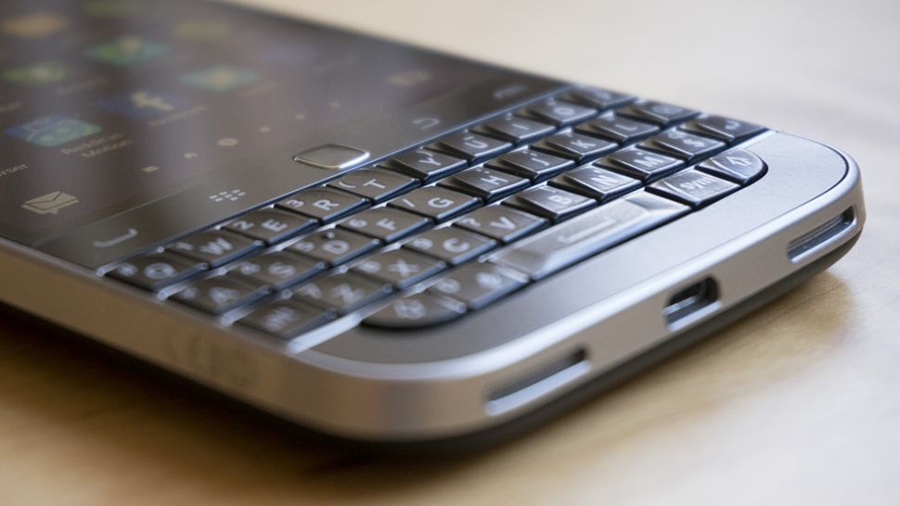
The future... or so we thought
Some smartphone innovations are just so intuitive, and feel so right, that you know they're destined to become staples of handset design... that is, until they fall flat on their face.
Unfortunately, what sounds good on one prototype phone doesn't seem to scale well and become the 'thing' that all phones have to pack in order to be seen as cutting-edge.
And while today's flagships all follow a similar flat, thin, metal unibody template, we're still pining for some of the winning features of the past that we thought would make it big.
Okay, we get that some of these might still enjoy a resurgence, but from where we're sitting it doesn't seem like there's a huge amount of progress being made on these once-popular ideas.
So what went wrong with trackballs? Why aren't all phone skins self-healing? And could any of these ever make a comeback in the future?
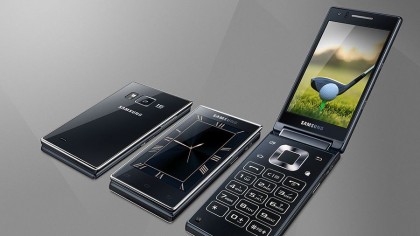
1. The flip phone
Nothing is cooler than flipping a phone open to take a call, or indeed snapping it shut to end one – but ultimately the practicality of the flat, uniform touchscreen edged out the flip phone design that many of us knew and loved, and that's a real shame.
The venerable Motorola StarTAC is credited as being the first mass-market mobile to offer a flip design, and the idea peaked around the end of the 2000s. Might they ever make a return? Well, sales are rising in Japan, so perhaps we shouldn't write them off just yet...
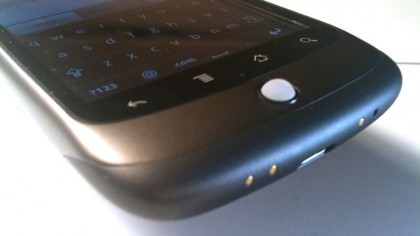
2. Trackballs
Once upon a time you couldn't move for trackballs on phones, thanks mainly to BlackBerry's line of handsets with compact physical keyboards. The Nexus One (remember that?), made by HTC, came with a trackball below the screen too – and it even flashed with color.
It proved incredibly useful for navigating between menus and sentences and words – much more accurate than tapping repeatedly on the screen. In the end though, it just wasn't needed with the uniform glass slab aesthetic that gradually spread to every smartphone on sale.

3. Radios
If you've ever tried to buffer streaming audio on a train or out in the countryside you'll know what a bonus an integrated FM radio is on a phone – but many big manufacturers have largely jettisoned this feature in recent years (although it's not totally dead, with the LG G5 being one notable exception).
Radios have never found their way onto an iPhone or a Nexus device, and that's a pity. Is it cost? Battery drain? Lack of space? A radio makes sense for sports fans, news junkies and music lovers, so let's hope it makes a comeback in the future – perhaps DAB technology is the answer.
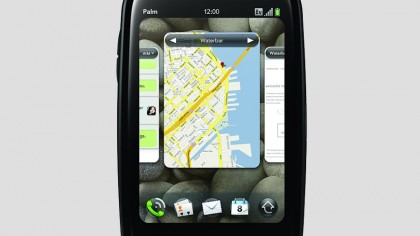
4. WebOS
Those of you with good memories will remember that WebOS made its debut in 2009 on the legendary Palm Pre, setting new standards for design quality and user-friendliness, and adding in some real innovations (such as the card interface that Google has since adopted).
Sometimes though, quality and innovation and good ideas just aren't enough to guarantee success; developers went where the users were, which was straight to iOS and Android. That left WebOS to fade away into the background – although it lives on in LG smart TVs.
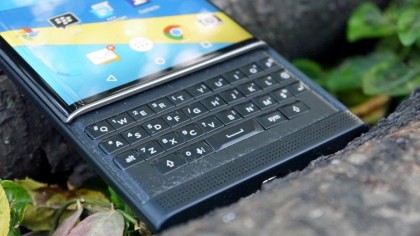
5. Slide-out keyboards
We've spoken a bit about key elements of hardware design that have been swept away in the rush to copy the iPhone to every last degree, and the slide-out keyboard is another example – who could forget the classic Nokia 9000 Communicator from 1996?
Kudos then to the BlackBerry Priv for trying to keep the slide-out flame alive. Touchscreen keyboards may be great for a phone's styling and for keeping the price down, but to bash out a serious amount of emails or reports with any accuracy what you really want is a good old-fashioned slider.
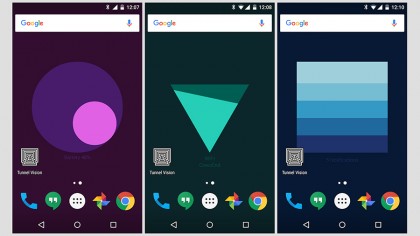
6. Live wallpapers
Let's face it: device wallpaper is dull, even if you've got the best shot ever taken of Yosemite's Tunnel View. Live wallpapers on Android promised so much, adding extra functionality as well as richer visuals while flicking between your home screens.
Live wallpapers are still around, but they're a niche hobby for a small subset of users (or your Nan who begs you to put 'that waterfall' back on her Nexus tablet), rather than the big feature they should have been.
It seems that people just want to focus on their apps, and don't want to make the battery/system performance trade-off for a fancy backdrop.
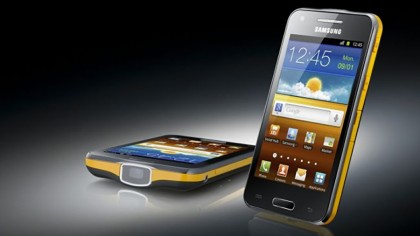
7. Built-in projectors
Who wouldn't want to use their smartphone to set up a home cinema, or enjoy some gaming action on a mammoth 50-inch projection? Exactly. But manufacturers have struggled to include built-in projectors that are good enough or cheap enough to work.
The Samsung Galaxy Beam appeared at Mobile World Congress 2012, and the Logic Bolt appeared a full three years before that. Will the tech ever get cheap and small enough to be genuinely viable? We're crossing our fingers, and keeping the miniature projector screen ready just in case.
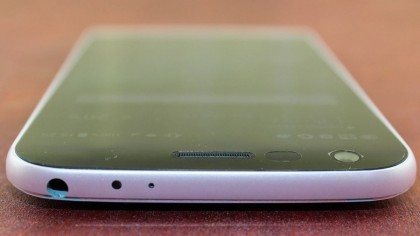
8. Infrared blasters
The tale of infrared blasters in phones is similar to the projector story: a case of manufacturers trying to cram in too many features at once, even if those features are really useful ones, like the ability to take control of your TV boxes with your phone.
Despite appearing on phones since the mid-2000s, the feature has been cut from the Samsung Galaxy S7 and HTC 10, and has never been sighted on iPhones or Nexus devices. Credit to LG for sticking with IR blasting capabilities with the recently launched LG G5, although the feature is certainly bigger in Asia.
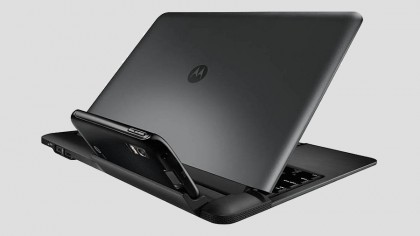
9. Laptop docks
Who can forget 2011's Motorola Atrix Lapdock? Just about everyone, it seems. And that's a shame, because you could plug your mobile into it to get everything a phone lacked: a full-sized keyboard, a full-sized screen, and plenty of extra battery life as well.
Alas, it wasn't to be: it was heavy and expensive (you could get a proper netbook for just a little more), and a good idea was consigned to the dustbin. Or was it? Windows 10 Mobile has a Display Dock feature that's similar, if Microsoft can ever get it off the ground.
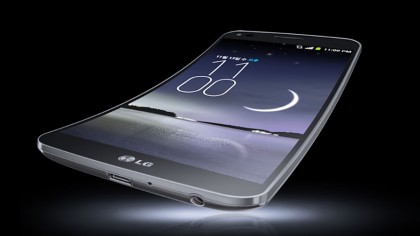
10. Self-healing skin
This one might have flown under your radar, but self-healing skin on a phone was a thing back in 2013 on the LG G Flex, and it worked too – up to a point. The special polymer coating was designed to protect against scratches and other kinds of pocket damage.
Maybe it was too expensive, or maybe punters didn't like the glossy look, but self-healing skin unfortunately never took off – nowadays you usually have to buy a case if you want to keep your pricey new handset scratch-free.
So those are our picks – but what great features from yesteryear do you miss on modern-day handsets? Are the manufacturers missing a trick somewhere? Let us know your thoughts in the comments below.
- Find out why bots are taking over your phone

Dave is a freelance tech journalist who has been writing about gadgets, apps and the web for more than two decades. Based out of Stockport, England, on TechRadar you'll find him covering news, features and reviews, particularly for phones, tablets and wearables. Working to ensure our breaking news coverage is the best in the business over weekends, David also has bylines at Gizmodo, T3, PopSci and a few other places besides, as well as being many years editing the likes of PC Explorer and The Hardware Handbook.